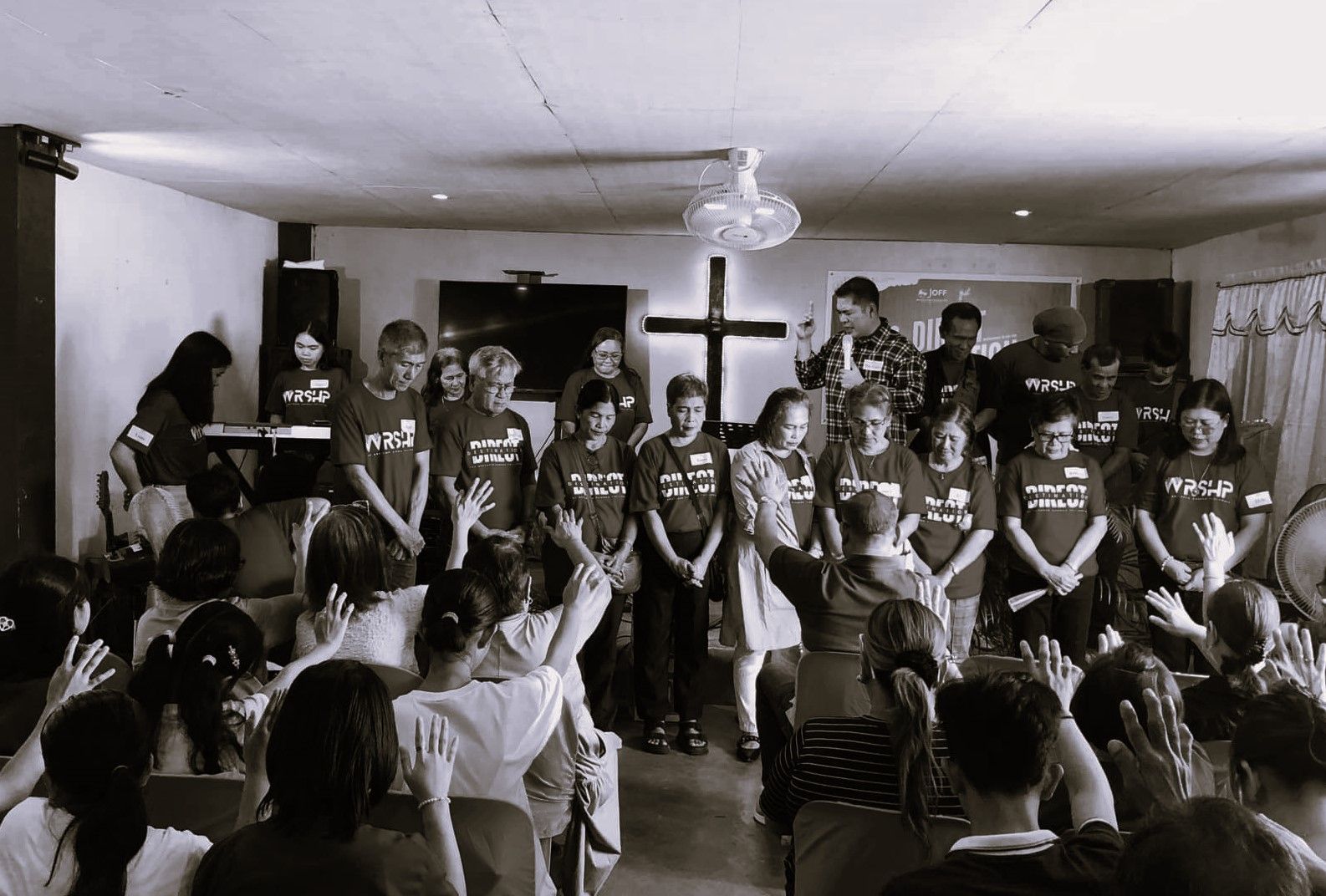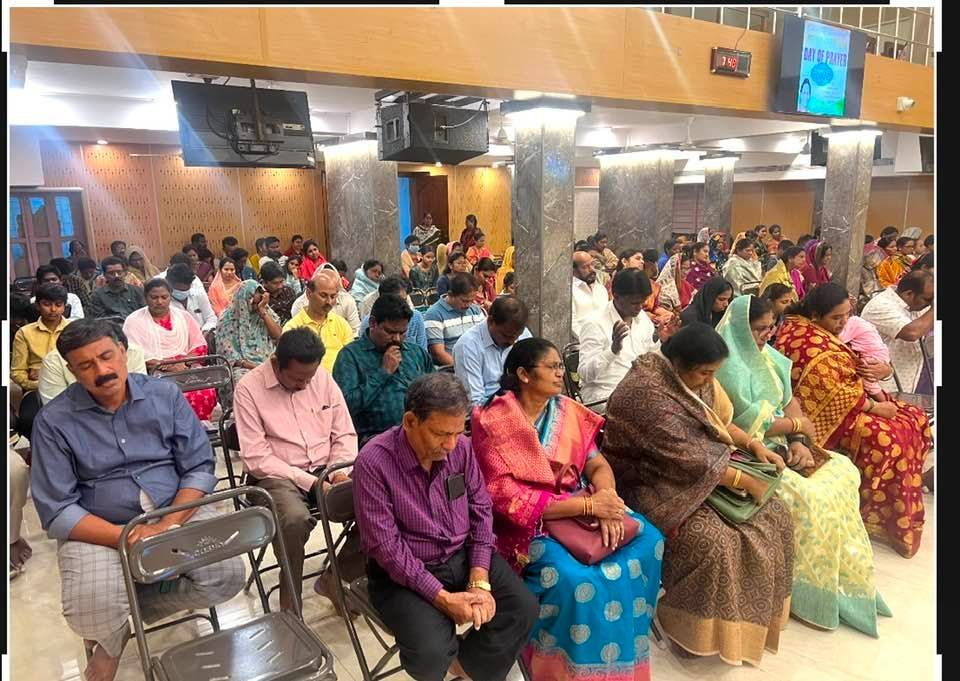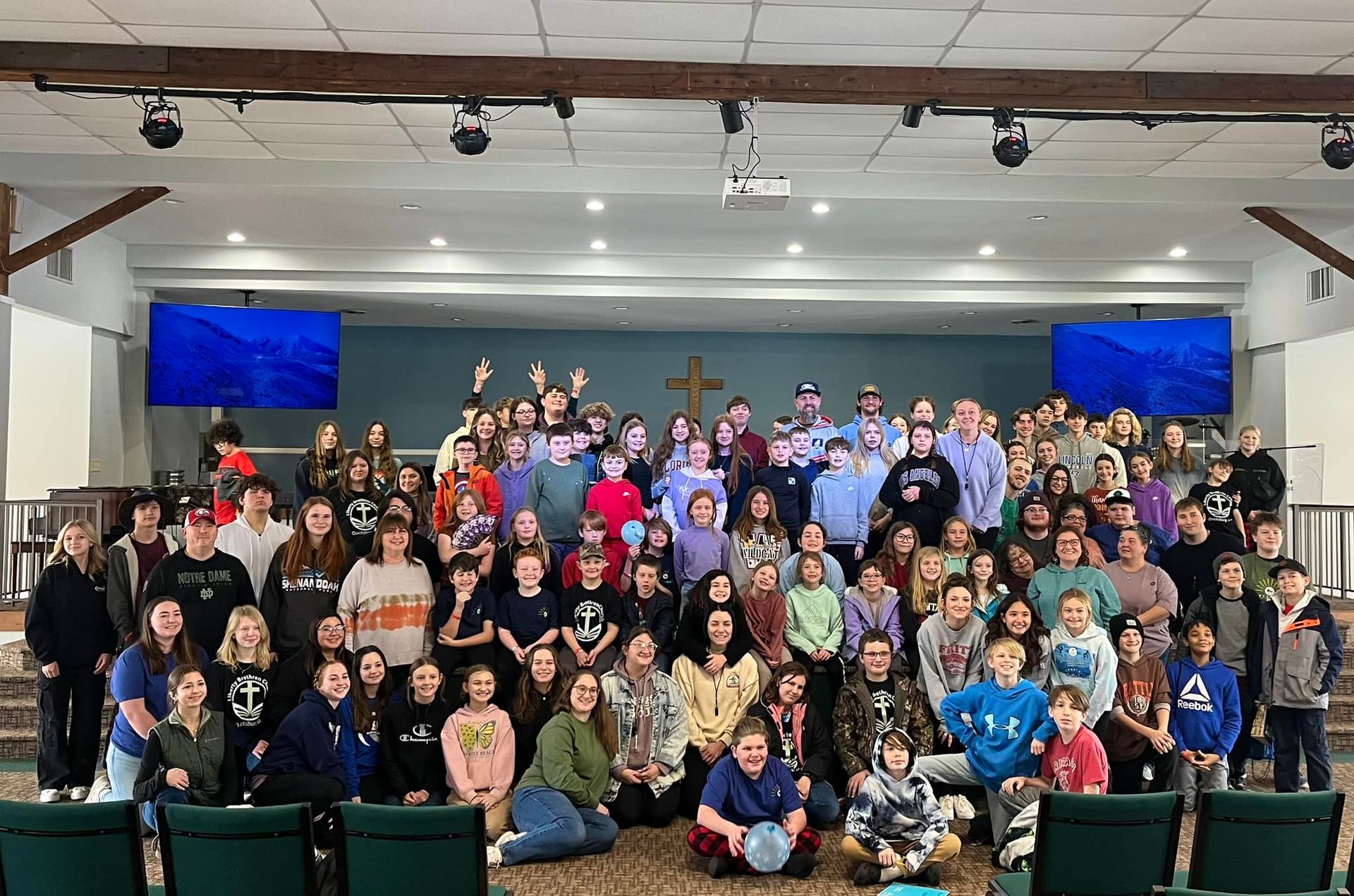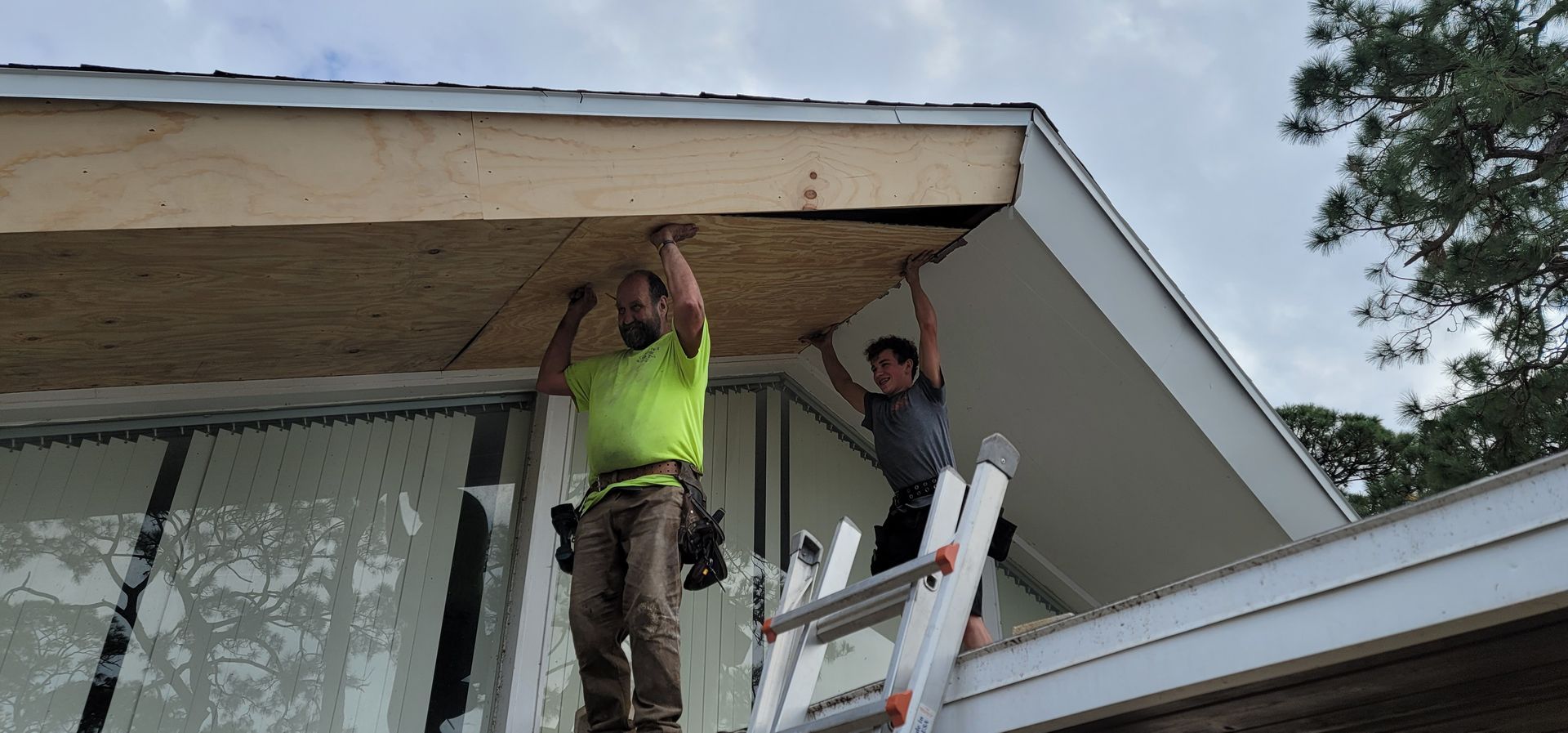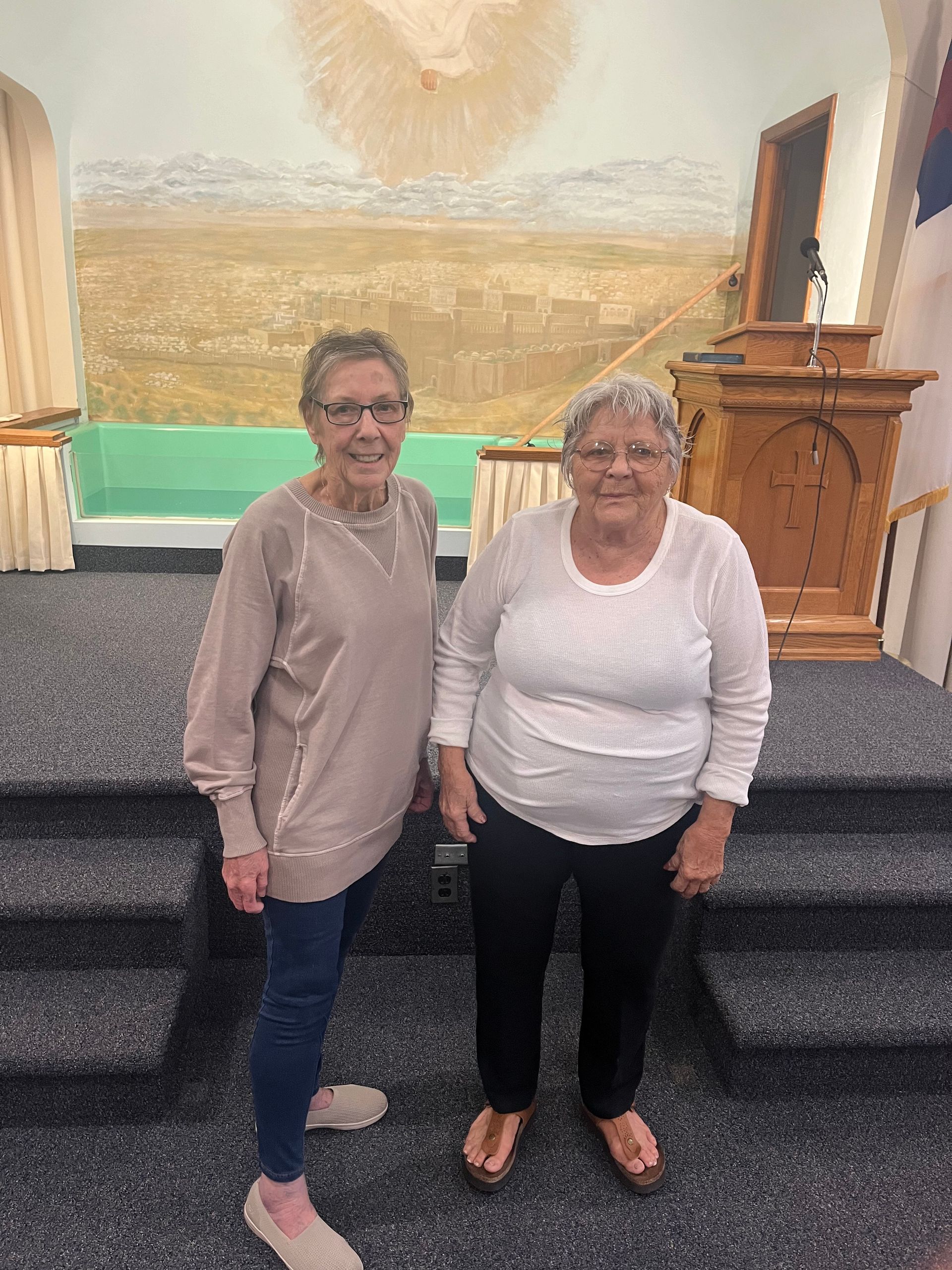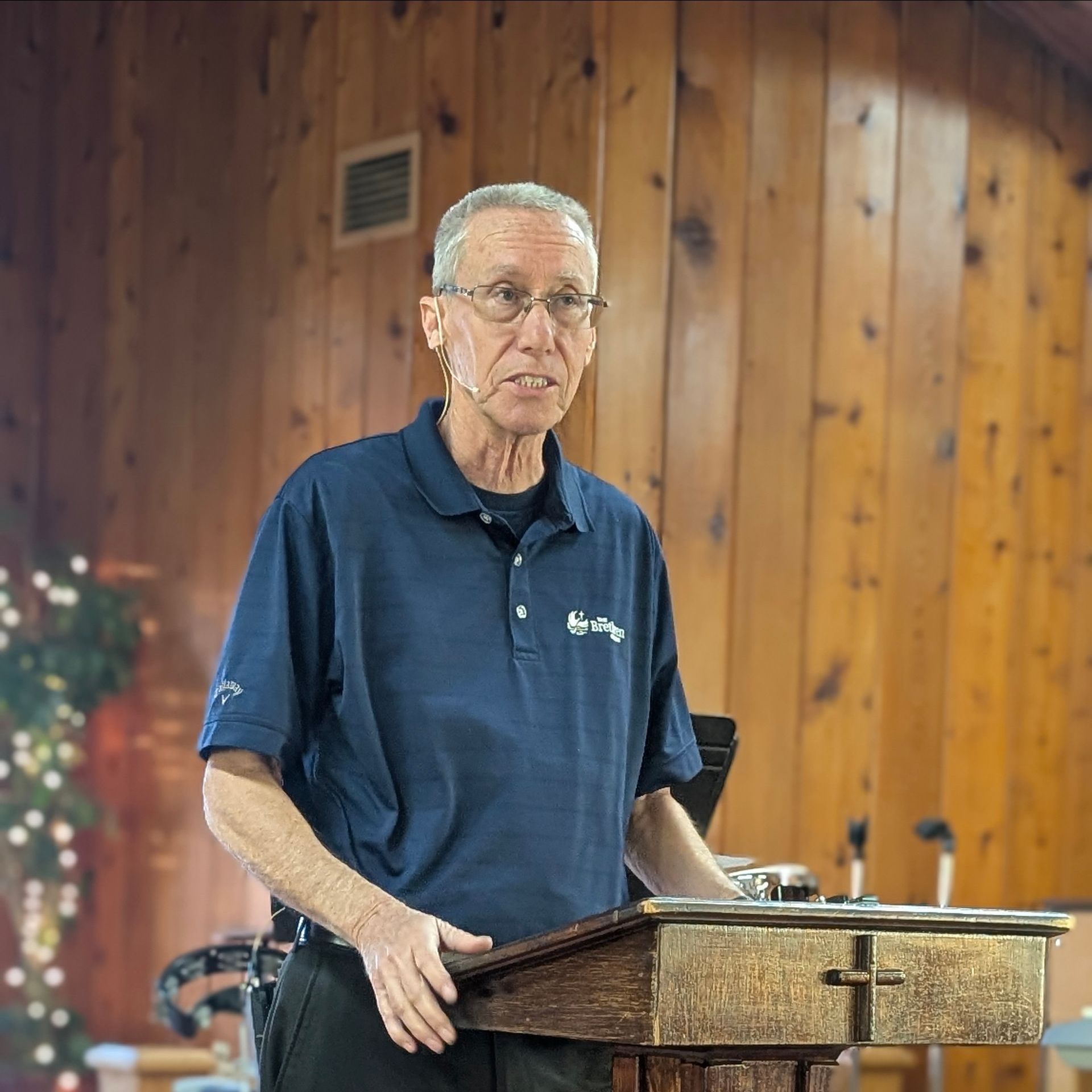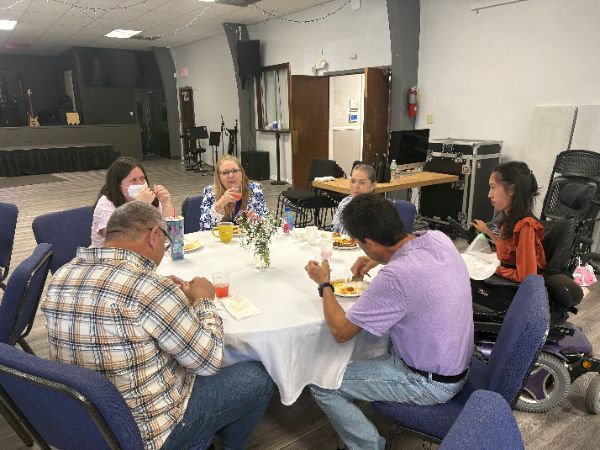Creating a Spiritual Epidemic
This post originally appeared on
Brethren Contemplative, where Dr. Jason Barnhart frequently writes devotional about Brethren thought, history and life.
In a February 12, 1919 editorial in The Brethren Evangelist, editor George S. Baer offered an encouraging word amid trying times. The world had suffered the crisis of World War I and now watched as the Spanish flu epidemic swept across the globe. Brethren congregations in the United States were not immune to the crisis.
World War I had taken the lives of 20 million people around the globe. The Spanish flu would end up taking roughly 50 million lives. Of that number, 675,000 were in the United States alone. It is believed that 10% of those who contracted the disease died.
Quarantines swept across the nation. Some lasted for 3-4 weeks while others lasted months. As restrictions were lifted, a resurgence of the deadly disease would sweep through the land deadlier than before. Each week, since the Evangelist was a weekly publication at that time, obituaries littered the final pages of the magazine. Optimism was giving way to despair as Brethren reflected on the casualties first of war and now of sickness to their neighbors and kinfolk alike.
Into that uncertainty, Baer took to writing an editorial to rally the Brethren in their outlook against the sickness. Playing off the language of “fludemic,” a vogue name for the Spanish flu pandemic, he penned an article entitled, “Creating a Spiritual Epidemic” as a way to manifest the presence of God among the scattered fellowship. He examined the spiritual outbreak of Acts 2 at Pentecost and ascertained points of application, what he termed “prescriptions,” for such a “spiritual epidemic” today.
First, Baer noted, Pentecost showed a harmony in the early disciples’ witness. There was a profound unity because there is “nothing that so surely and quickly makes one immune to the spiritual zeal and aims of another as discord.” Harmony is a foundational ingredient to a spiritual epidemic.
Second, the church at Pentecost got together. Baer is conspicuously silent on what this looks like amid a world that is quarantined. One can imagine that he encouraged the Brethren to stay in touch with letter writing. Though the physical distance was a challenge, spiritually the Brethren could still encourage one another. But the impulse to gather, Baer determines, is always an outgrowth of the working of the Spirit.
The third prescription of revival is an “infilling with the Holy Spirit.” Baer declares that “the one absolutely essential thing in the creation of a spiritual epidemic” is the work of the Holy Spirit. The Spirit’s movement is the epicenter of this spiritual quake.
As Baer examined Acts 2, he found the fourth prescription was that the church at Pentecost spoke: “at the direction of the Holy Spirit.” It is here that Baer’s words are quite prophetic for our time. He broadens our interpretation of “different tongues” and calls Brethren to “speak of different things” than the death and despair that marked much of the country. He calls Brethren to speak a “different tone” than their neighbors. In all of this, our different tones, topics, and languages will call attention to the transcendent One.
The fifth prescription of this epidemic is the “susceptibility to good contagion.” For an epidemic to occur, it must find carriers of the virus. These vessels must be receptive and able to sustain the life of the virus. A spiritual epidemic necessitates a people of loving obedience whose lives are marked by devotion to their Lord and their neighbor.
As such devotion is on display, naturally the sixth prescription will appear in that a crowd will emerge. Baer notes that “people go to the place that everybody is talking about.” In a world of uncertainty and crisis, the church was called not to talk solely about the flu but to change the conversation and lift up Jesus. The church could lead a national conversation by shifting the narrative away from death and pandemic to life and hope.
Such a shift in conversation would set the church apart and pique the interest of society as the seventh prescription would explain the church’s hope-filled posture in such dark times. There is a “holy mystery,” Baer observes, “revealed by transformed lives.” Crowds will gather to the “mystery of the spiritual.” Transformed lives are the greatest testimony of the truth we have in chaotic times.
When all of these prescriptions were heeded, the eighth and final ingredient would emerge. People would “hear the good news in their own tongue.” Light would pierce the darkness. Hope would conquer despair. The church would be an alternative to the world.
As we plod through the uncertainty of this latest global pandemic, I encourage you to find solace in our Brethren ancestors like George S. Baer. His call to harmony, togetherness, spiritual leadership, proclamation, witness, loving obedience, transformation, and Christ-centeredness is good work for us today. May we Brethren create a new spiritual epidemic in/for our world today.
